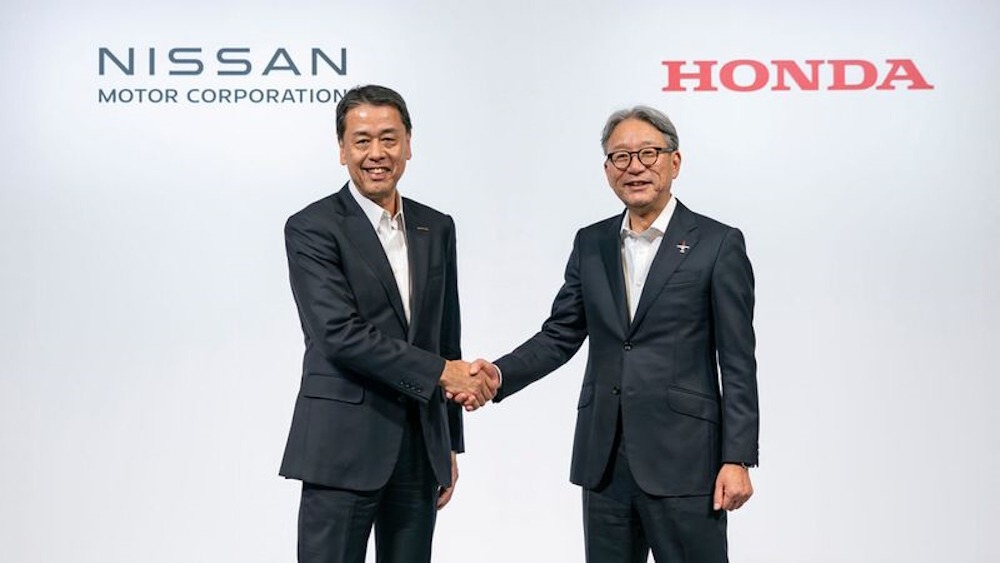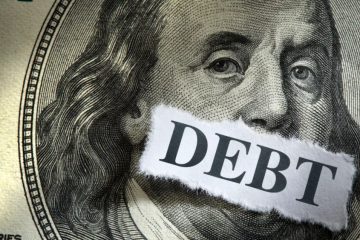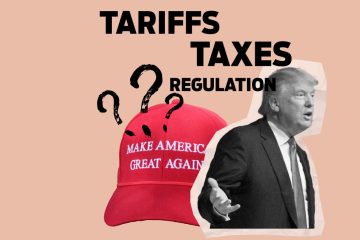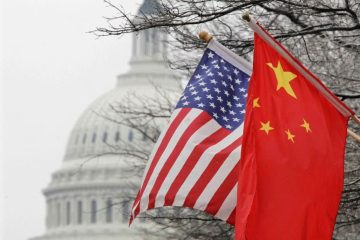The rationale for providing subsidies for electric vehicles

Honda and Nissan have recently unveiled intentions to merge by 2026. The merger, once deemed inconceivable a decade prior, aims to enhance competitiveness as the automotive sector shifts towards electric vehicles. Neglecting this imperative could lead to dire consequences in the contemporary automotive landscape. Foreign electric vehicle manufacturers have instigated a profound challenge for Germany’s historically robust domestic industry.
China has ascended to the position of the world’s foremost car exporter, a development driven by substantial investments in electric vehicles. The United States is advancing significantly in this burgeoning market, yet certain American politicians appear inclined to concede defeat. While the growth of the EV sector in the U.S. has been propelled by a blend of private-sector innovation and congressional support, there are discussions among lawmakers regarding the potential cessation of tax incentives for consumers and manufacturers, as well as parts suppliers. Such incentives create a more equitable competitive environment for American enterprises amid substantial public investments from Europe and China. They are essential for enhancing America’s competitive edge.
Over the last two years, firms like Ford and General Motors have declared the creation of upwards of 100,000 new jobs associated with electric vehicles. Automakers and various enterprises have established or are in the process of constructing vehicle, battery, and parts manufacturing facilities in 160 congressional districts nationwide. Mississippi Governor Tate Reeves characterized the battery plant currently being built in his state as a “project of record proportions—the single largest payroll commitment in Mississippi’s entire history.”
Federal manufacturing and consumer tax credits have spurred significant expansion throughout the electric vehicle supply chain, encompassing everything from vehicle assembly to essential minerals. The credits impose stringent eligibility criteria, mandating that a substantial proportion of essential minerals and battery components originate from the United States or its allies. Consumers are eligible for a $7,500 incentive when acquiring an electric vehicle. The implementation of this credit has prompted Hyundai to expedite its plans for a factory in Georgia.
The collaboration between supply-side and demand-side credits is invigorating the domestic industry. Sales of electric vehicles are on the rise, with November figures reflecting a 13.6% increase compared to the previous year. The removal of these incentives by Congress would lead to significant repercussions for thriving communities nationwide. The capacity of the United States to expand its industrial presence on a global scale hinges on robust domestic consumer demand. In the immediate term, this necessitates an enhancement from such policies, as is the case for numerous emerging industries. The elimination of tax credits is poised to trigger a chain reaction: manufacturing facilities may shutter, consumer demand could wane, and American enterprises may struggle to maintain competitiveness in the international arena.
The potential financial implications of Congress could amount to billions of dollars and the loss of hundreds of thousands of jobs—this is the outcome that the evolving industry is poised to deliver. Safeguarding the industry is a matter of rational judgment. It reduces expenses for American households, stimulates local economies, and maintains the nation’s competitive edge in the economic landscape. It is imperative that we equip our enterprises with the necessary tools to contend effectively against international rivals.










